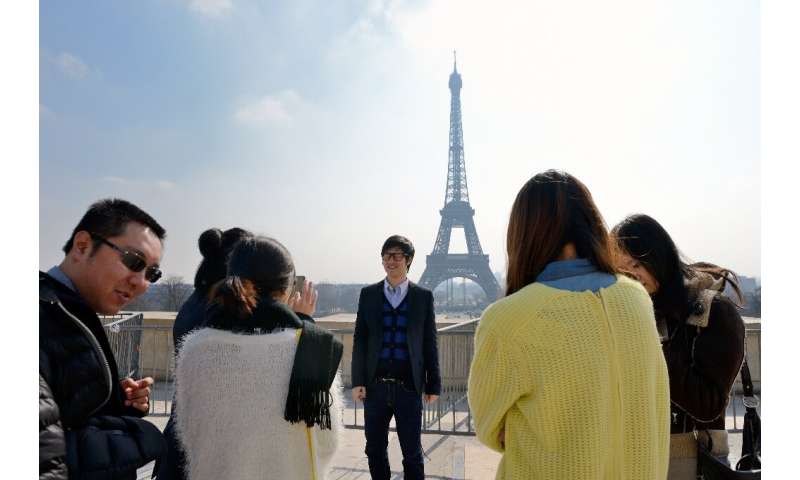Chinese tourism, the main engine of global travel

The impact of the current health crisis on Chinese foreign tourism is likely to be worse than during the SARS epidemic in 2002/2003 or the swine flu crisis in 2009, simply because so many more Chinese people travel abroad for pleasure than back then.
Their country is now the top contributor to world tourism.
But in response to the spread of a novel coronavirus, Chinese authorities have suspended package holidays and advised nationals to avoid foreign travel.
Curbs and cancellations affecting commercial flights to and from China are also weighing on traveller numbers.
Here are some facts about the worldwide role of Chinese tourism.
Chinese tourism rules
Mainland China with its 1.3 billion inhabitants is the top contributor to world tourism numbers with 150 million foreign trips in 2018.
Only about 10 percent of China’s population actually hold a passport.
Where they go
Most Chinese tourists go elsewhere in Asia, most often to Hong Kong, Macao, Taiwan, Thailand, South Korea and Vietnam.
When they venture further afield it’s usually to Europe, the United States or Australia.
France is their top destination in Europe, with 2.2 million Chinese visitors in 2018, followed by Germany, Italy and the UK, according to the European Travel Commission.
Most first-time Chinese visitors to Europe pack several countries into their itinerary, typically as part of a package tour, says Atout France, an agency promoting French holiday destinations.

Big spenders
Chinese holiday makers spend more on average than any other nationality on their trips, around $1,850 per person per year.
They overtook both the Americans and the Germans as the highest-spending tourists as early as 2012, according to the World Tourism Organization, a UN agency.
Total Chinese spending on foreign tourist trips amounted to $277.3 billion in 2018.
In Europe, Chinese visitors account for around 30 percent of duty-free sales, according to sector specialists Planet.
The damage last time
The global impact on world tourism of the H1N1 swine flu epidemic that broke out in 2009 is estimated at $55 billion, according to the World Travel and Tourism Council (WTTC), an industry body.
The impact of the SARS outbreak in 2002 and 2003 is estimated at between $30 billion and $50 billion.
Source: Read Full Article



